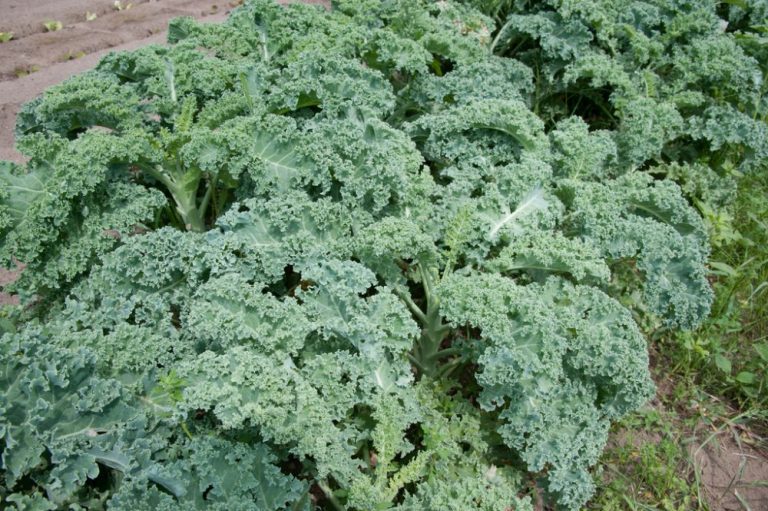
Kale salad is everywhere. From fancy restaurants to fast food chains, any place that serves food probably has a kale salad on the menu. And that’s great. Kale is packed with calcium, iron, vitamin C, and even contains more protein than your average leafy green, so it’s worth eating more of. And despite what some haters might have you believe, kale salad can absolutely be delicious.
Because kale is tougher and more bitter than other leafy greens, it needs more TLC during prep. Since a lot of recipes and chain restaurants forgo these crucial extra steps, what we often end up with are bowls of raw, flavorless kale that are better fit for rabbit consumption.
Making kale salad that actually tastes good is always going to require a little more work than a plain ol’ romaine, but it’s worth it. Here, we break down everything you need to know to build a kale salad that doesn’t suck.
First things first: Choose your kale wisely.
There are two types of kale that you’ll most often find at the grocery store: lacinato (above, left) and curly (right). Lacinato—also known as Tuscan or dinosaur kale—is more delicate than curly kale, which can be very tough and fibrous. Both types are good, but for different purposes.
For example, since lacinato is more delicate, Darren Carbone, executive chef at the New York restaurant El Vez, tells SELF that you can get away with pairing it with lighter, equally delicate ingredients. (He likes to combine it with citrus segments and vinaigrettes). Whereas, with curly kale, you’ll want to choose sturdier ingredients that can stand up to its tougher texture. Hearty things like nuts and croutons are all safe bets.
Once you’ve selected your kale and are ready to start making your salad, remove the stem before you do anything else.
The worst thing to find in a kale salad is big chunks of chewy, woody stems. Spare yourself the jaw workout and remove the leaves from the stem, Andrea Cuellar, executive chef at Just Salad, tells SELF. You can easily strip away the leaves with a knife, or you can just tear the leaves off with your hands.
Next, wash your kale and dry it thoroughly.
Carbone says that, after you wash your kale, you need to make sure it’s nice and dry. Otherwise you’ll have a hard time getting the dressing to adhere. Ideally, you’d give it a spin in a salad spinner, then leave it out to finish drying on paper towels. If you don’t have time for both, make sure you spin out as much moisture as you can.
Then, chop it into small pieces.
We’ve all eaten a kale salad with giant leaves. And when you take a bite, it usually kinda makes you look like a dinosaur chomping on a palm tree. It’s not cute, and, per Carbone, “you shouldn’t need a knife to eat a salad.” That’s why he says it’s super important to make sure you chop the leaves into small, edible pieces beforehand, or slice them into thin ribbons. (Cueller uses a food processor. If you go that route, be sure you’re using the shredding attachment and not the S blade so you don’t accidentally turn your kale to sludge! Personally, we feel safer sticking to a knife.)
Choose a dressing that will balance the bitterness of the kale.
Because kale is so bitter, you should pair it with an acidic dressing to even out the flavors, says Carbone. “That’s why a lot of places serve kale Caesar salad,” he explains, “the acid in it makes it more palatable.”




